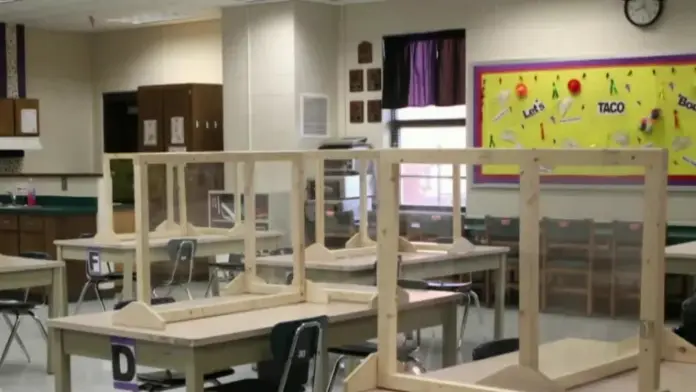All across the country, a lack of finances and a fall in the number of students are leading more schools to shut down. Everywhere, from charter academies in Colorado to schools in Maine and Texas, educational institutions are having a tough time staying open. As a result of these closures, parents, teachers, and locals are worried about the future of equal and accessible education in the country.
Declining Enrollment and Financial Instability
Dealing with fewer student enrollments is one of the main problems in keeping schools open. With ongoing declines in student numbers, public schools need to rely more on other sources of income because their main source is lessened by a drop in student numbers.
A lack of funding for running the school means that many schools must reduce their programs, staff members, or basic needs. Because of this, small numbers of students result in less money, which then lowers the quality of education and leads to even less enrollment.
Pueblo, Colorado, now has Chávez/Huerta K-12 Preparatory Academy as its high-profile latest example. Even though the charter school once educated up to 800 students and received a $30 million grant from the state for its facilities, it had to shut down after the State Board rejected its attempt to renew its charter.
Also read: Severe Thunderstorm and Tornado Watch in Southeastern Michigan
Closures in Urban and Rural Areas
Urban regions, such as Denver, are experiencing the results as well. As a result of declining enrollment, ten schools in the city will close or partially close in the upcoming weeks. The proposal to leave school doors open for three more years was rejected by the Denver school board by a narrow margin.
Some advocates suggested that a pause was needed to better plan for the future of schools, but others argued that closing under-enrolled schools would be impossible to sustain without a major funding boost. Rural districts are experiencing these difficulties too. A Catholic elementary school in Faribault, Minnesota, announced it was exiting for good because it lacked money and lost many of its dedicated staff.
The leaders of the school were uncertain about opening again in September, including for younger programs. Due to similar issues with finances, brought on by inflation and state cutbacks, many districts in North Texas are examining the idea of consolidations and closures.
Broader Impacts on Students and Communities
Closing schools impacts students and their families in various ways. When a school is closed due to an emergency, students may have to attend school at a place far from home, which affects their daily schedules and interactions with others. If numerous students arrive at the same school, this can burden teachers and decrease the level of teaching. Often, lower-income families are adversely affected by closures because they find it difficult to handle reassignment due to circumstances.
In some cases, even staff members and teachers are trained. Since there is more job insecurity and people are being laid off, many are burning out and leaving their jobs. In a Colorado school, the pastor in charge left his position when most of the faculty left to look for jobs after feeling stressed due to unusual events.
Searching for Long-Term Solutions
Though some groups and policymakers suggest a temporary solution of moratoriums or additional funds, the essential problems are yet to be resolved. Some experts believe that to find lasting answers, funding should be fair, there should be an effort to involve communities, and planning within districts should be well-thought-out. Some also want policymakers to reconsider how schools such as charters and magnets affect regular public schools and the community.
Conclusion
The wave of school closures across the U.S. reflects a deeper crisis in public education—one driven by financial mismanagement, policy challenges, and shifting demographics. As more schools face uncertain futures, the urgent need for reform grows louder. Whether through stronger fiscal oversight, targeted funding, or systemic restructuring, the path forward must prioritize students, educators, and the communities they serve.








